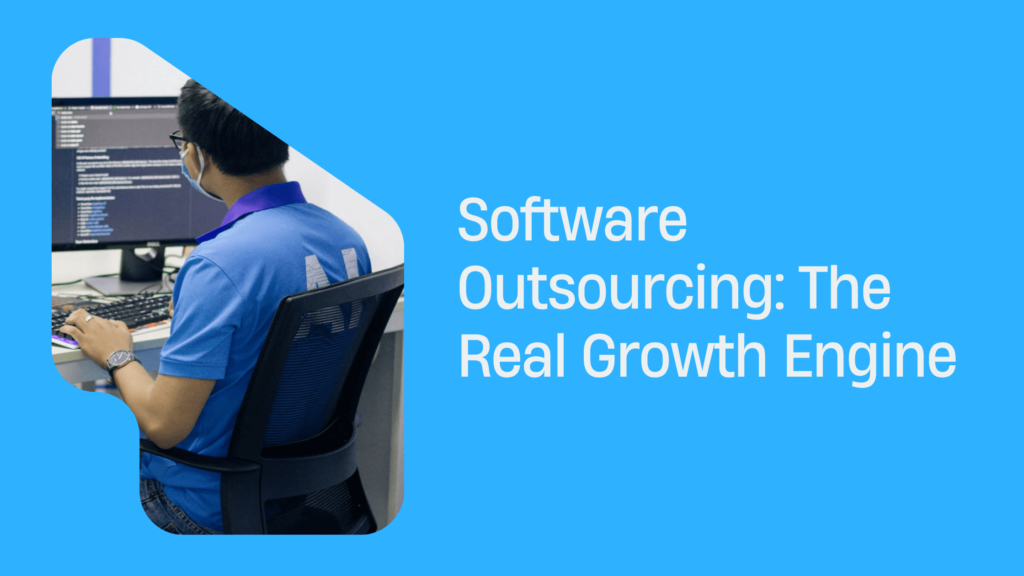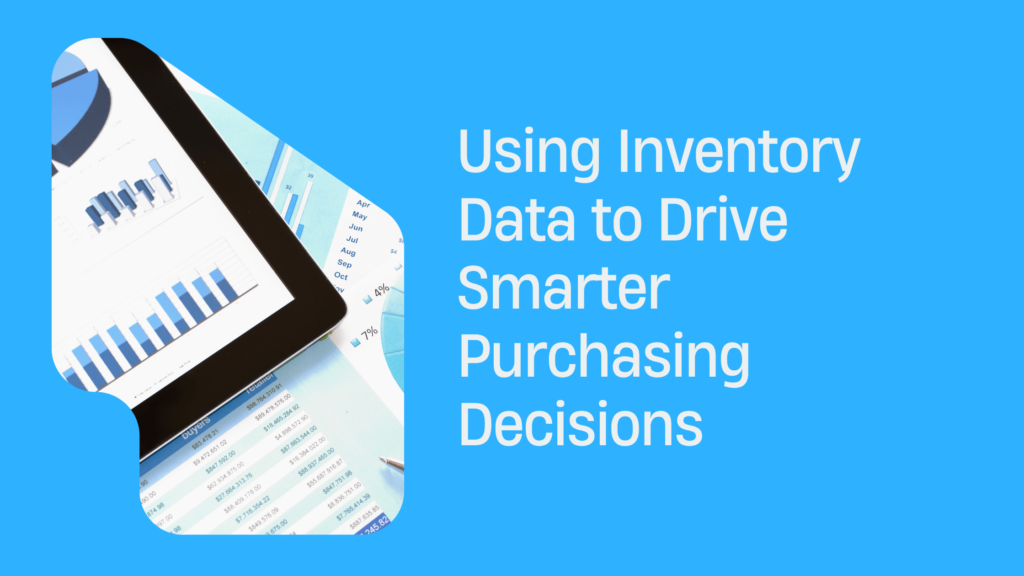Guide to Shopify Tax Setup
Shopify is the leading ecommerce platform offering solutions to set up and manage the online stores of business owners. Having a user-friendly interface and extensive features, Shopify simplifies the process of creating a professional-looking website. The Shopify store is completed with uploaded products, payment processing, and managing orders.
Shopify is a popular choice among business owners as it provides customized themes, app integrations, and seamless scalability. This allows the merchant to grow their online presence effortlessly.
On the contrary to marketplaces like eBay, Amazon, and Etsy, Shopify does not collect taxes on your behalf. Instead, Shopify offers great autonomy and flexibility for sellers as compared to these facilitators. This means that it is the seller’s responsibility to pay sales tax and manage it.
Shopify has a customizable platform that easily incorporates help with calculators and tools that assist in tax filing. This includes preset tax settings based on location. Sellers also have the option to manually adjust these calculations for specific products and services.
In this blog, you will learn how to set up Shopify taxes. You will also have the answer to questions such as “What does charge tax on this product mean on Shopify”.
Importance of Proper Tax Setup
When we hear Shopify and taxes, a question arises “Do you have to pay taxes on dropshipping?”. Well, it’s important to pay taxes on dropshipping. In the online store setup, the significance of setting up dropshipping taxes cannot be dramatized. It becomes important to pay taxes on dropshipping as the business grows and expands.
It should be adhering to proper tax regulations. Below, we have explained important aspects of tax setup for Shopify stores and its importance.
Legal Compliance
Ensure that your Shopify store is compliant with tax laws and regulations. It is essential to avoid penalties, fines, or even legal repercussions. Each jurisdiction may have its own tax requirements, and failing to meet them can lead to costly consequences.
Financial Integrity
Proper tax setup helps maintain the financial integrity of your business. Correct dropshipping sales tax calculation and reporting ensures accountability and transparency. These two aspects are vital for building trust with customers, investors, and regulatory authorities.
Customer Trust
Transparent tax collected brings confidence in your customers. The customers see accurate tax information during the checkout process will enhance trust in your brand. Whereas, unexpected tax rules or errors can lead to dissatisfaction and abandoned carts.
Risk Mitigation
Incorrect tax setup by the Shopify admin can pose significant risks to your business. The potential risks associated with improper tax handling can have long-term consequences. By proactively addressing tax requirements, you mitigate these risks and safeguard your business.
Seamless Operations
Dropshipping and taxes go hand in hand. A well-structured tax setup by a trained tax professional will streamline your business. Automating tax calculations and integrations within your Shopify store reduces manual errors and administrative burdens. This allows you to focus on core business activities and growth strategies.
Scalability
Your tax liability grows with your Shopify store. A proper sales tax nexus will ensure scalability. This is done by accommodating increasing sales volumes, expanding market reach, and evolving tax regulations. By laying a solid foundation for tax management and sales tax permits, your business will grow sustainably.
Understanding Shopify Tax Settings
“How do you pay taxes on dropshipping” is the most common question asked by the sellers. Although tax laws seem complex in the United States, Shopify tax setup is not that difficult. In cross-border dropshipping, you need to comply with different sales tax rates as per the region. With Shopify, you will be able to streamline the tax reporting process.
This is done by automating tax collections on each sale. Before starting, you need to check with the tax reporting authority whether you comply with tax laws. You also need to register your business with the local tax authority so you are not exempt from sales tax. The built-in calculators and tools will help in filing business sales tax.
Online Store Shopify Tax Setup
For the online store, you need to set up your shipping zone first as in these countries your business will ship the products. Access the settings of the Shopify admin dashboard. Click settings and select shipping and delivery. There you will see a list of shipping zones, select Manage Rates, and then Create Shipping Zone.
Next, you will add the regions where you plan to ship the products. Once you are done with the process, save your settings at the end. The process will show results when you apply the correct tax codes to your sales.
POS Shopify Tax Setting
It is a bit simple when you use Shopify as a Point of Sale in a physical store. You need to set up the tax rate on the location of where your physical shop is located. For this, go to the Shopify Admin Settings, select Taxes, then Tax Rate. Doing this will give you the approximate rate for the location.
If you are based in the United States then you need to specify your state and country. Taxes vary in different states and municipalities sometimes.
Registration-Based Tax Setting
If your online business is in New Zealand, Norway, Switzerland, USA, Canada, UK, and Australia, you need to pay registration-based taxes. The sales tax is based on the location in which your business is registered. It is not based in the country you ship to.
Start collecting tax on your products by entering local tax registration in Shopify’s tax settings. Still, you will have to file and remit sales tax with the local tax authorities.
Location-based Tax Setting
If you are living outside the registration-based tax regions then you need to adjust Shopify settings. This will reflect the location-based tax rates. Sometimes, the taxes are not charged on the location of your business but according to the countries you ship. If you are unsure of which taxes you should be paying then check with your local tax expert.
Set up the shipping regions first and then go to Shopify admin settings, then click on Tax Regions. Select the country you ship to, then click on the Base Taxes section. This is the section where you add rates applied in every country in the region.
Step-by-step Guide to Shopify Tax Setup
Here is the step-by-step guide on how you can complete the Shopify tax setup:
Registering for a Tax ID
- Obtain the tax ID for your business, entity, and location.
- Visit the government tax authority to initiate the registration process.
- For the registration, you have to provide the business details and personal identification if applicable.
- If prompted, you will have to follow the additional steps specified by the tax authority to complete the registration.
Inputting Tax Settings in Shopify
After you have completed the registration with the tax authorities, you will get your tax number. Using this number, you can set up your taxes. To do so, follow the instructions.
- Select “Settings” from Shopify Admin. Click “Taxes and Duties”
- Go to “Manage Sales Tax Collection” then select your country or region.
- Select “Click Sales Tax”
- Enter the tax number in “Tax Number”. Leave the field blank if you have applied but don’t have a tax number yet.
- Click “Collect Tax”
- If you want to add more regions and account numbers, then click “Collect Sales Tax”
Setting Up Tax Rates for Different Regions
- Determine the applicable tax rates for the regions where you conduct business.
- Return to the “Taxes” section in Shopify and click on “Create a tax rate.”
- Enter the name of the region (e.g., state, province, country) for which you are setting up tax rates.
- Input the relevant tax rate percentage for each region, ensuring accuracy based on local tax regulations.
- Repeat this process for each region where you are required to collect taxes.
Common Tax Setup Mistakes to Avoid
Following are some common tax setup mistakes to avoid:
Incorrect Tax Rates
If you fail to input correct tax rates for different regions then it can lead to undercharging or overcharging. This will result in compliance issues and potential financial penalties.
Neglecting Nexus Considerations
The concept of nexus refers to the presence of significant business activities in a particular state or jurisdiction. If this is not understood then it may overlook tax obligations in relevant regions.
Misclassifying Products
Incorrect categorization of products or services may lead to the application of wrong taxes or exemptions. This may cause discrepancies in tax calculations and non-compliance with tax regulations.
Failure to Update Tax Settings
If you are not regularly reviewing and updating tax settings in Shopify, it can result in outdated tax calculations. The changes reflected in tax laws, rates or business operations will result in inaccuracies in customer transactions
Ignoring International Tax Requirements
Do not overlook international tax considerations like VAT or customs duties. This will lead to non-compliance with foreign tax laws and customs regulations.
Lack of Documentation
Not keeping the right records like tax exemption papers or tax calculation logs can make it hard to prove compliance with tax rules.
Conclusion: Maximizing Benefits of Shopify Tax Setup
Even if you do 200 transactions, setting up taxes correctly in Shopify is essential for your online store’s success. Ensure tax compliance and avoid errors by registering accurately, inputting settings, and setting rates for various regions.
This not only helps you stay on the right side of the law but also builds trust with your customers. Correct tax setup streamlines operations boosts profits, and lets you concentrate on business growth, free from tax concerns. So, take the time to set up taxes correctly in Shopify to maximize your store’s benefits.



